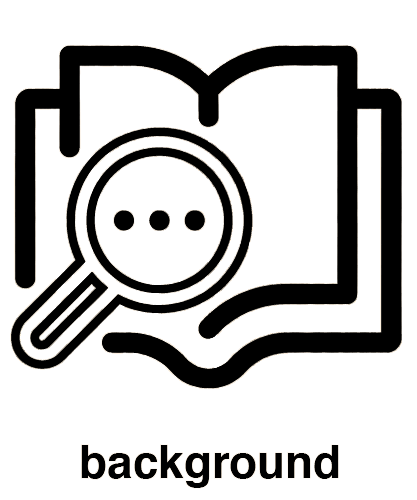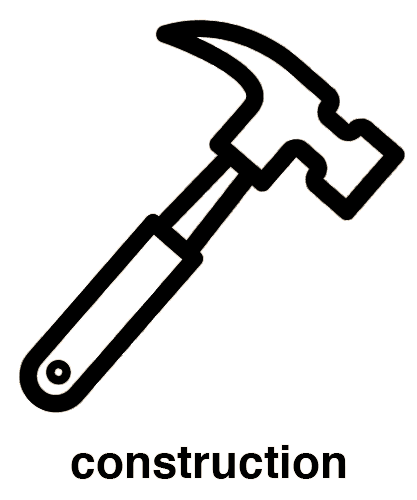-
Projects
- Environment Box
- Passive Refrigeration
- Water Cooling
- Fog Catching
- Roof Geometries
- Optimal Insulation
- Cooler Windcatcher
- Green Machine
- Mitigating Humidity
- Convective Air Flow
- Styrene Reuse
- Thermal Reflection
- ETFE Rigidification
- Phase Change Materials
- Polar Reflection
- Cavity Depth Variation
- Vapor Permeability
- Algae Facade
- Moisture Buffering
- Engineered Geometries
- Recycled Desiccant Materials
- Living Wall
- Solar Shading Facades
- SHADESin.reACTION
- Low-Fab Dehumidification
- Breathing Wall
- Urban Heat Island
- Acoustical Design
- Latent Heat of PCM's
- Insulative Qualities of Air
- About
- Lectures
- Assignments
- Workshops
- Syllabus
- Resources
Ever since humans began expanding into new territories and establishing permanent settlements, they did so around bodies of water. Factors like increased air flow, high energy requirement for heating, and currents to circulate and distribute heat make for drastically cooler micro-climate zones in water-adjacent areas. Stilted / rafted assemblies that occupy the riverbank or shoreline are able to capitalize on the cooling capabilities afforded them and find themselves situated to maximize thermal comfort. They benefit from the proximity of the water, as well as the flow of air that occurs between their floors and the surface. This combination of radiant cooling and cross ventilation make homes, which are often thatched / bound lightweight assemblies, that otherwise have no active temperature control, livable. This project seeks to understand the trade off between proximity to the water and amount of air flow, as well as assess which passive cooling method is more effective in cooling the structures.





